MATRIX - an open source blockchain that supports smart contracting and machine learning services
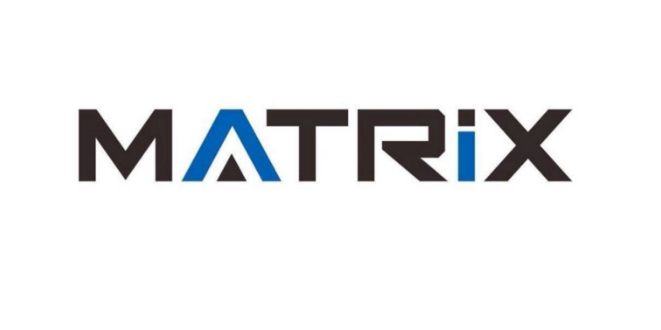
introduction
Cryptocurrency arrives to free us from centralized bank systems and payment services. Since then it has received widespread publicity and acceptance in business, and society. People are comfortable with the idea of a decentralized system. Bitcoin has shocked the world with its unique capabilities in a short span of time. Blockchain technology is being piloted by traditional banks to optimize their work systems.
Background
MATRIX is designed to be a new generation of blockchain, MATRIX utilizes the latest artificial intelligence technology to overcome the above challenges. The combination of blockchain and AI technologies allows MATRIX to build a revolutionary crypto, which supports significantly increased transaction speed, superior accessibility for common users, enhanced security under malicious attacks, and highly flexible operations.
The challenges facing blockchain should now be solved before the ideal of cryptocurability can become a reality. We believe that artificial intelligence technology, which has received an unprecedented growth in the last decade, provides a remarkable solution to overcoming challenges. MATRIX is designed to be a smart chain to unleash the potential power of blockchain technology.
Value of mining increase
Perhaps the most debatable part of kriptokurensi is waste energy in mining calculations. While it is important to attach social value to cryptocurability, the mining process does not make sense from the world of digital currency. The problem is even worse when now more than 70% of the total computing power worldwide is dedicated to Bitcoin mining and others.
MCMC-based Bayesian computing plays a fundamental role in many large data applications such as gene regulatory networks, clinical diagnosis, video analysis, and structural modeling.
Hybrid PoS + PoW
The fundamental reason that causes excessive transaction latency in blockchain today is overhead transmission in P2P networks can not be calculated by the number of nodes. The problem lies in the P2P-based PoW consensus because every transaction will be broadcasted to the whole network.
The recently proposed lightning network is designed to solve the above problem. what it does, however, is nothing more than creating a private channel for payers, recipients and node transfers so that transactions can be completed once agreement is reached.
Learning based on smart contracts
A significant advantage of MATRIX is that smart contracts users no longer need to know how to do coding with programming languages. In fact, Matrix only requires the user to type in the purpose of the contract, that is, input, output, and transaction conditions, as a script.
Recent developments of in-depth learning technology prove the feasibility of automated code generation:
- Neural network maturity convolution (CNN) allows the excavation of high-quality features of language and text.
- Recurrent nerve tissue (RNN) is mathematically proven to be a complete Turing computer capable of generating any sequence. This inner neural network offers a major technique for analyzing the goals of a contract and producing each program
AI-enabled validation and security enhancements
MATRIX is designed to increase the security of blockchain to unprecedented levels. The entire MATRIX security framework consists of four main components,
- semantic analysis engine and rule-based syntax for smart contracts,
- a formal verification tool to prove the security properties of smart contracts,
- AI based detection engine for transaction model identification and security checks
- platform based on in-depth learning for verification and enhancement of dynamic security. Figure 3 illustrates the framework
AI based smart contract verification
Formal verification above identifies loopholes and bugs that can be captured with explicit formal rules. MATRIX has an in-depth learning-based learning framework for discovering the hidden intent of smart contracts and detecting complex security vulnerability patterns.
MATRIX uses a convolutional neural network to extract textual features and detect interesting patterns. This pattern can be either a syntax or structure (or a combination of both). The first usually contains grammatical features and functions, while the last structural feature.
The blockchain architecture is flexible
MATRIX is designed to allow exceptional levels of flexibility in blockchain management and operations. As shown in the dotted box, a MATRIX blockchain consists of six types of network nodes, standard MATRIX nodes, cloud access nodes, cloud storage nodes, MATRIX trust worthy gateways, storage nodes for external data sources, and AI service nodes.
The MATRIX nodes standard is a distributed collaborative control chain and one data chain. Each node must have the computing power to run the virtual machine. A distributed collaborative control chain is designed to fully follow the distributed and decentralized principles of blockchains.
Allocation of MAN Token
- One Hundred and Thirty million (130,000,000) (13%). For sale during Campaign
- One Hundred million (100,000,000) (10%). To be stored and allocated by the Foundation.
- Two Hundred Twenty Twenty (220,000,000) (22%). Protected for one or more subsequent offers to the public on the next date as an Additional Token Sales / ATS whose results will be used for system development and production development.
- One hundred and fifty million (150,000,000) (15%) is allocated to directors, management, staff incentives, business partners, application developers, research institutes.
- Four Hundred Million (400,000,000) (40%). To be a reward for miners who contribute to the Consensus Proof of Work.
Pre-ICO Bonus and Price
- 1 BTC = 47000 MAN
- 1 ETH = 2690 MAN
- 15%: 10k - 50k MAN
- 18%: 50k - 100k MAN
- 20%: 100k - 200k MAN
- 22%: 200k-500k MAN
- 25%: 500k MAN more
Plan for the use of MATRIX funds
- R & D technology blockchain 15%
- R & D Technology AI 15%
- R & D first generation ASIC and mining machine (Bayesian computer) 20%
- The initial deployment of power computing on blockchain 20%
- Ecosystem marketing and development 15%
- R & D applications 10%
- Investment related R & D activities and projects 5%
MATRIX team is filled by professional people, who are experts in this field
More info visit below:
- WEBSITE
- TELEGRAM
- ANN THREAD
- WHITEPAPER
- E-mail: public@matrix.space
- My Bitcointalk Profile: https://bitcointalk.org/index.php?action=profile;u=1417773;sa=summary
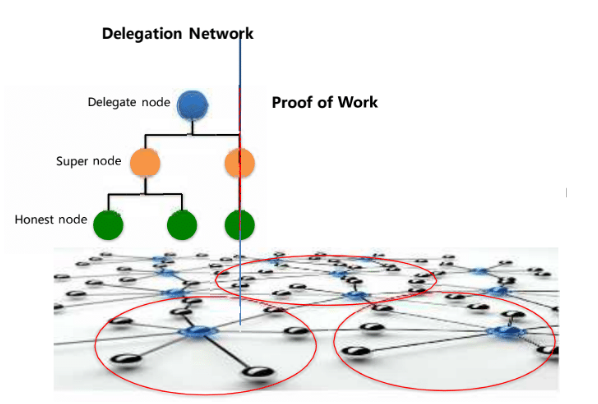
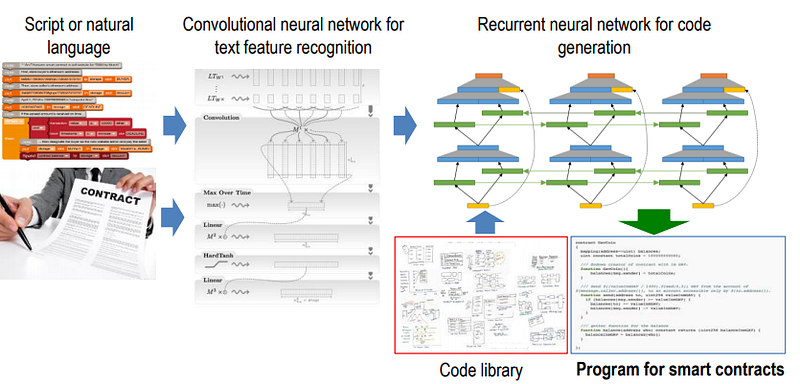
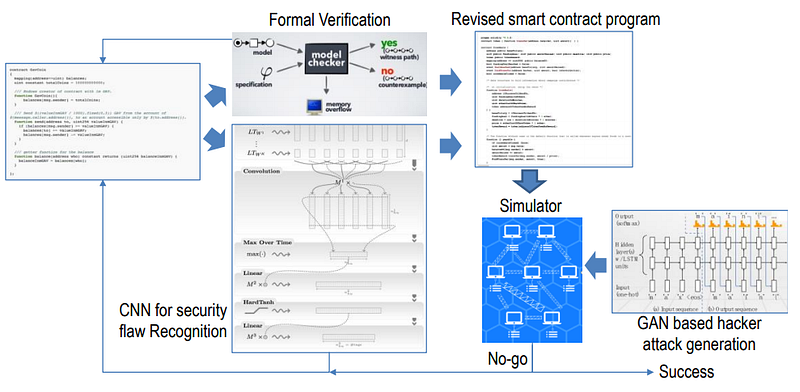

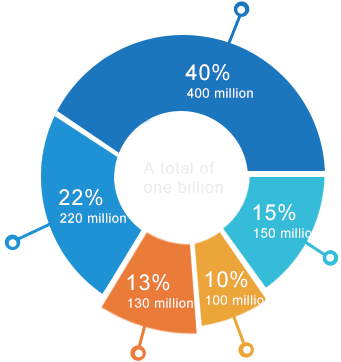

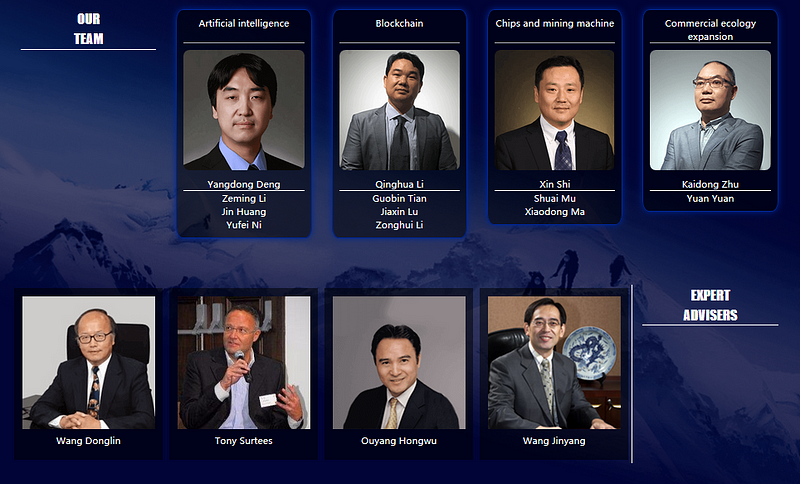

Komentar
Posting Komentar